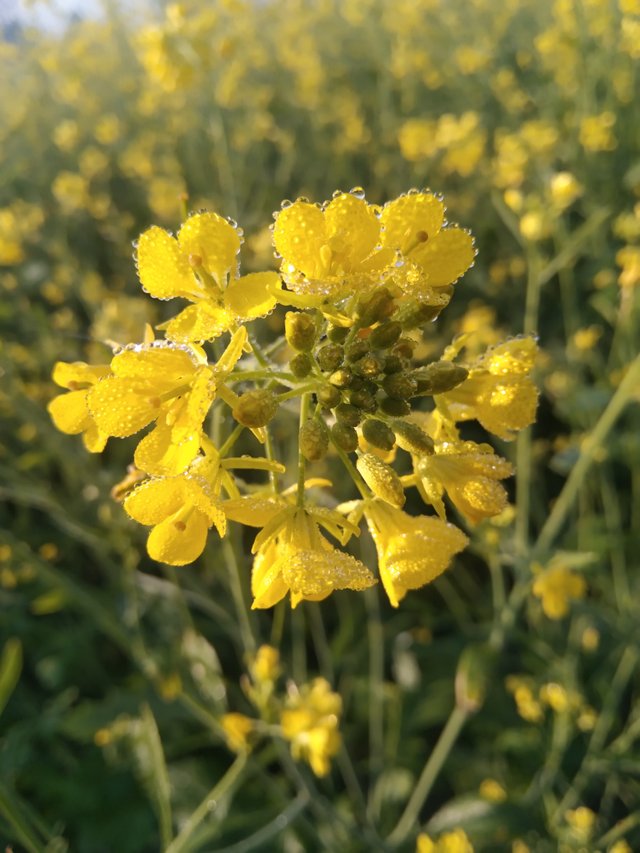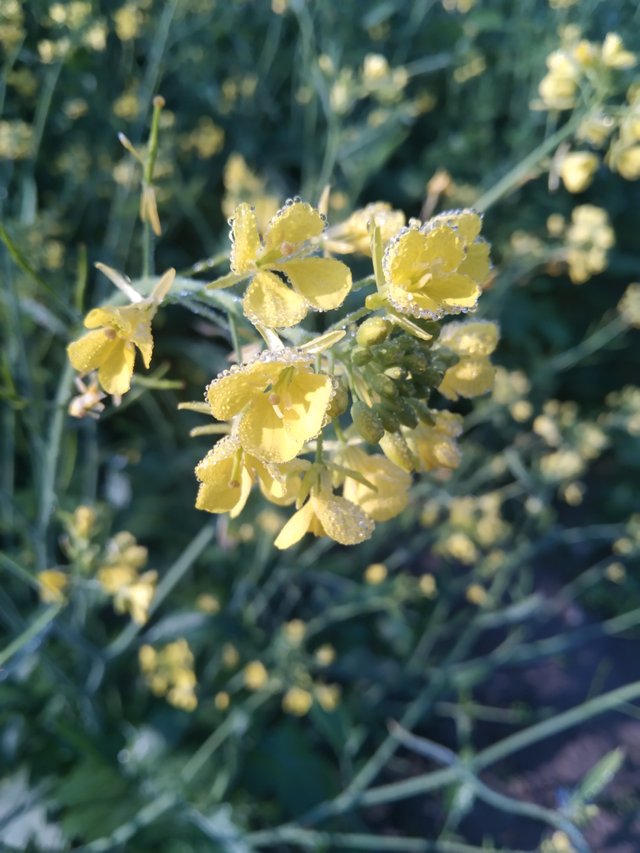

Mustard flowers are beautiful yellow flowers that come from the mustard plant, scientifically known as Brassica juncea. They are a part of the Brassicaceae family and are widely cultivated for their seeds, which are used to produce mustard condiment. Mustard flowers are often seen in fields and gardens, adding a bright and cheerful touch to the landscape.
Scientific Name: Mustard flowers belong to the Brassicaceae family, and the most common species used for mustard production is Brassica juncea.
Yellow Blooms: Mustard flowers typically have bright yellow petals, which make them attractive and eye-catching.
Cultivation: Mustard is a cool-season crop and can be grown in various climates, but it thrives in well-drained soil and cooler temperatures.
Agricultural Use: Mustard flowers are grown not just for their beauty but also for agricultural purposes. Mustard plants are often grown as cover crops to enrich the soil with nutrients and control pests naturally.
Cruciferous Vegetables: Mustard flowers are part of the cruciferous vegetable family, which includes cabbage, broccoli, and cauliflower. These vegetables are known for their health benefits.
Medicinal Uses: In traditional medicine, mustard seeds and oils extracted from the flowers have been used for various purposes, such as alleviating pain and promoting digestion.
Culinary Uses: Mustard flowers are not only visually appealing but also edible. Some cuisines incorporate mustard flowers in salads and other dishes to add a subtle peppery flavor.
Honey Source: Mustard flowers are a valuable nectar source for bees. Honey made from mustard nectar has a distinct flavor and is popular in certain regions.
Mustard Production: Mustard seeds are used to make mustard condiments like Dijon mustard, yellow mustard, and spicy brown mustard, among others.
Cultural Significance: Mustard flowers have cultural significance in various regions. For example, they are associated with spring festivals in some parts of the world and are used in flower arrangements and decorations.